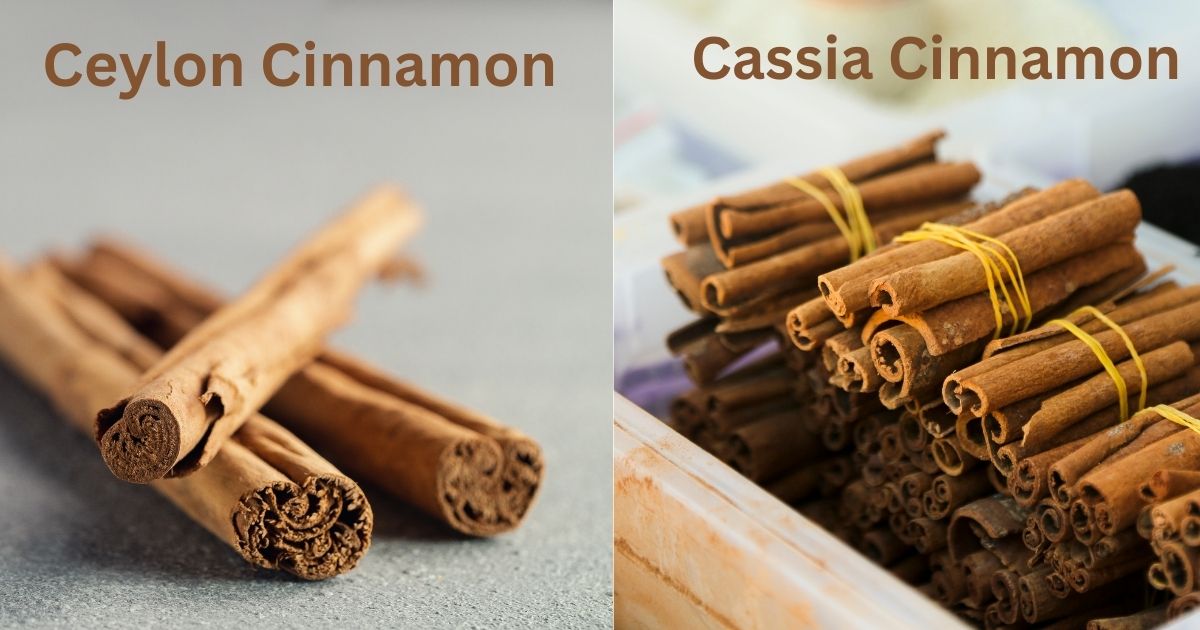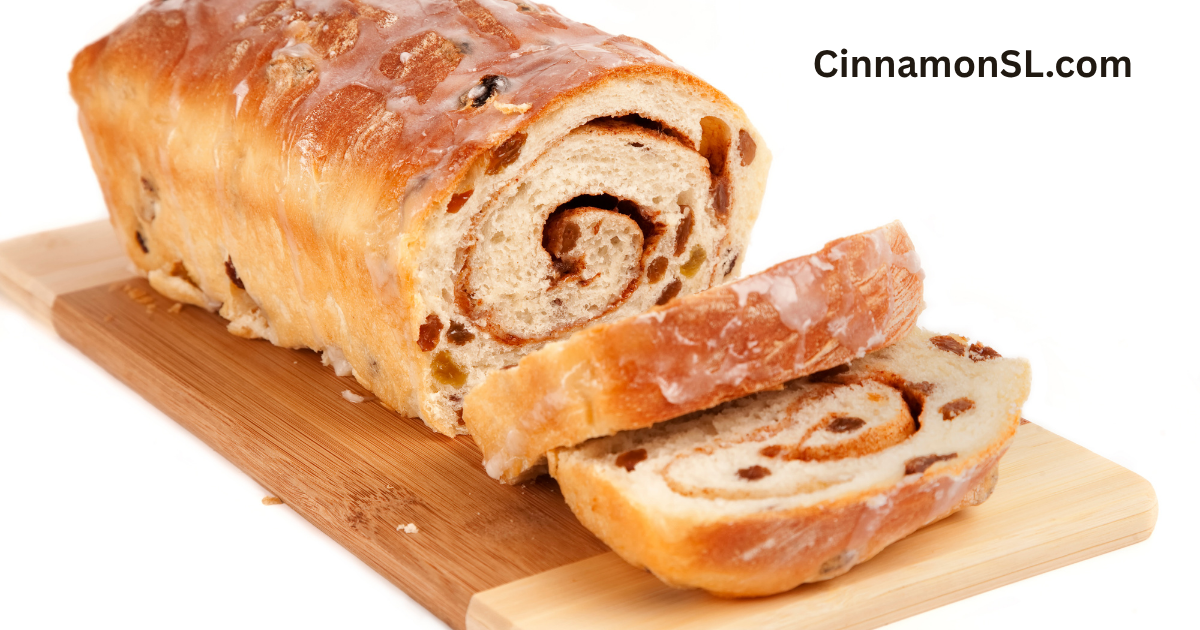
Cinnamon Apple Pie Like Never Before: Why Ceylon Cinnamon Changes Everything
Cinnamon Apple pie is a timeless dessert. It’s warm apple, golden crust, and the amazing aroma of cinnamon will surely

Not all cinnamon is created equal and knowing the difference could impact your health, your recipes, and your wallet. While most store-bought cinnamon is actually Cassia, the true gem is Ceylon cinnamon, also known as “True Cinnamon.”
But how can you tell the difference quickly? Here’s how to spot real Ceylon cinnamon in seconds and why it matters.
Before we dive into identification, let’s understand the difference:
| Feature | Ceylon Cinnamon (True) | Cassia Cinnamon (Fake/Imitation) |
|---|---|---|
| Origin | Sri Lanka | China, Indonesia, Vietnam |
| Appearance | Thin, multiple-layered bark | Thick, single hard layer |
| Color | Light tan or golden-brown | Reddish-dark brown |
| Taste & Aroma | Subtle, sweet, citrusy | Harsh, spicy, pungent |
| Coumarin Content | Very low (safe for daily use) | High (can be toxic in excess) |
| Price | More expensive | Cheaper, widely available |
Hold up a stick and examine it:
Ceylon sticks are soft, layered like a rolled cigar, and you can break them easily by hand.
Cassia is thick, hard, and curls inward on one side only.
✅ If it looks like a cigar and snaps easily, it’s Ceylon.
Ceylon is a light tan or golden brown.
Cassia is darker, often reddish-brown.
✅ Lighter means purer. Ceylon cinnamon has a golden glow.
Crush a small piece and smell it:
Ceylon has a mild, sweet, floral scent.
Cassia smells stronger, spicier, and more aggressive.
✅ If the smell is soft and sweet, it’s real.
Ceylon tastes subtly sweet and citrusy.
Cassia can be spicy and slightly bitter.
⚠️ Don’t consume Cassia regularly it contains high levels of coumarin, which may harm the liver in large amounts.
Sometimes products labeled as “cinnamon” are actually Cassia. Look for:
“Cinnamomum verum” or “Ceylon Cinnamon” on the ingredient list.
“Cinnamomum cassia”, “Saigon cinnamon,” or “Korintje cinnamon” = NOT Ceylon.
Always verify the scientific name if you’re buying online.
Health: Ceylon has negligible coumarin safe for daily use.
Flavor: Delicate, smooth taste perfect for cooking and wellness.
Purity: Grown mainly in Sri Lanka under strict quality standards.
Avoid falling for cheap imitations. At CinnamonSL.com, we provide 100% authentic Ceylon cinnamon sticks and powder, directly sourced from trusted Sri Lankan farms.
Shop now and taste the truth of real cinnamon.

Cinnamon Apple pie is a timeless dessert. It’s warm apple, golden crust, and the amazing aroma of cinnamon will surely

If you’re baking cinnamon bread, you already know that the right ingredients are key to flavor, aroma, and texture. But